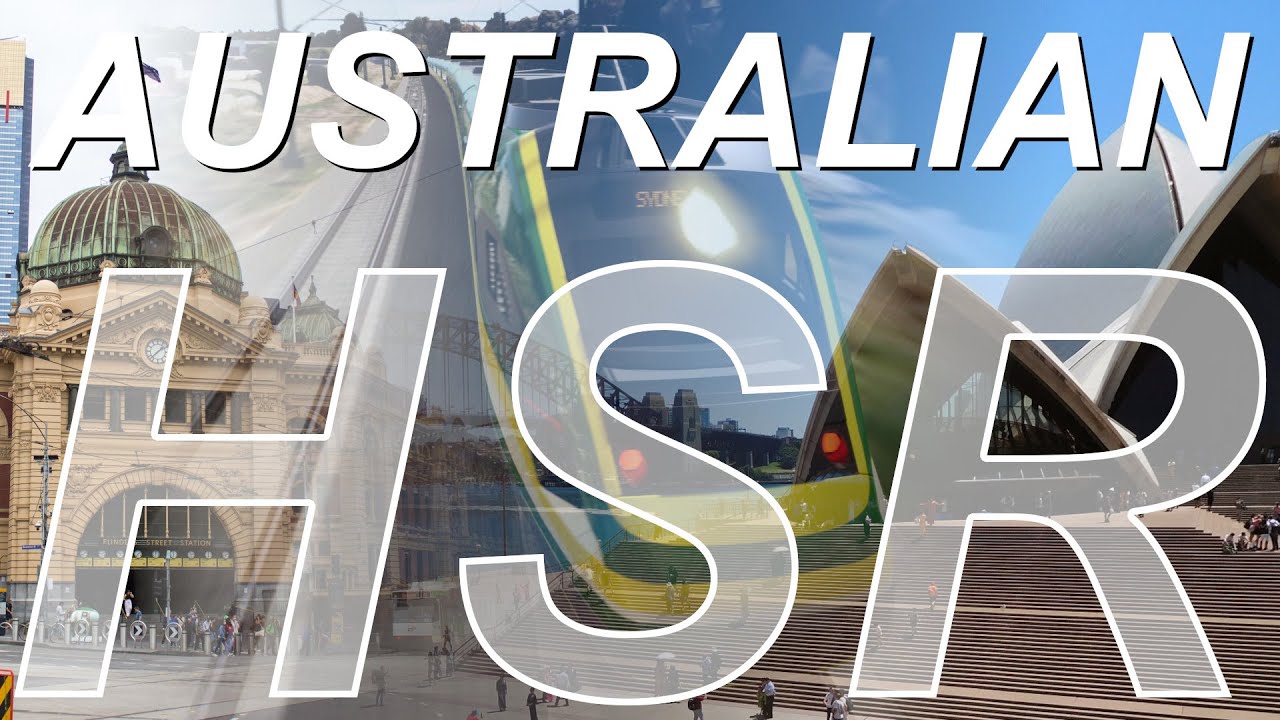I’m honestly impressed that someone who knows their shit as well as this guy clearly does did the analysis and presented quite a realisticly-achievable plan that managed to meet the completely aspirational goal I had of needing an average 200 km/h travel time for it to be viable for the average person.
26,000 people travelling this corridor every day makes this a complete no-brainer to build.
I don’t really understand how he’s arrived at his “plane time” in the comparison at the end. My own searching suggests he’s added on some random amounts.
Route Flight time (according to Google) “Plane Time” (in the video) Difference MEL–SYD 85 mins 135 mins 50 mins MEL–CBR 65 mins 120 mins 55 mins SYD–CBR 55 mins 105 mins 50 mins Personally, if I were doing the comparison, I would add a minimum of 1 hour to the plane time to account for the recommended 1 hour early arrival at the airport. Then I’d add on some amount extra to account for the fact that airports are typically less-centrally located than central train stations. Maybe use average public transport time from the centre of the CBD (where it takes you if you just put “Sydney” etc. into Google Maps) to the airport. You can do the same for the rail too if you like. That would improve how rail looks, especially on the Melbourne–Canberra route where it would become properly competitive.
I dunno the difference between “Metro to Metro” and “City to City” as he puts it. Plane time increases for some reason, but rail time doesn’t.
I would rather spend more time sitting on a train than I would navigating air ports with their security theatre.
Even 2h on a train vs 1h of air port and plane bullshit would be preferred.
You also get way more comfortable seats on a train. I’d rather be on a train for 2 hours than on a plane for 1 hour, even apart from the airport time. And the environmental benefits are pretty great too.
More leg space too



